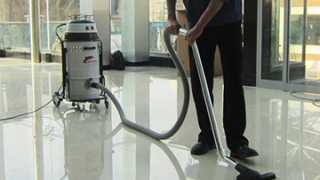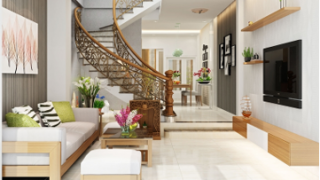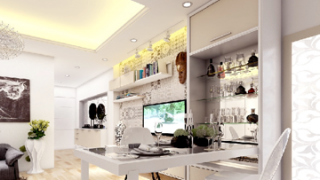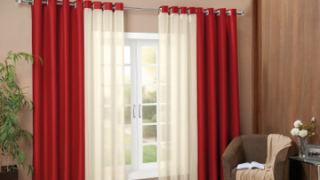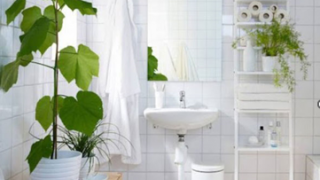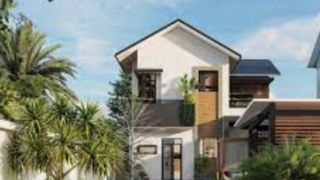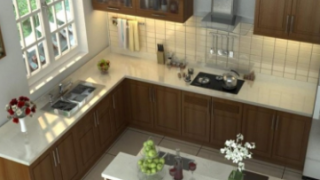Solutions for waterproofing terraces and balconies
One of the main functions of your roof is to keep water out of your home. When moisture is allowed to enter the main structure of a building, it can cause damp, rot and other serious damage which can be extremely expensive and time consuming to repair. Because of this, it is essential that your roof is as well-constructed as possible in order to prevent water from entering your home. Flat roofs are particularly at risk of water damage, as water can easily gather in pools on a flat surface, so if you have a flat roof it is even more important to ensure that every waterproofing precaution is taken. Here we look at some of the essential steps which you need to take to ensure your roof as is as waterproof and hardwearing as possible, to keep your home warm, dry and safe for many years to come.

1. The cause of the phenomenon of terraces being soaked
- The ceiling is not waterproofed right from the time of construction: the best time to waterproof your home is during the construction process. If you can perform both interior and exterior waterproofing during this time, you should have a waterproof house for life. You should also waterproof your home if you find any leaks, cracks, or mold growth in the basement. Spare no expense to waterproof your home in such circumstances. Though it may seem expensive, it will cost you more not to do it.
- Using poor quality waterproofing materials: The terrace is the place that is in direct contact with the most water, so if using poor quality construction materials as well as poor construction, it will easily lead to seepage
- Failure to design a drainage system: Failure to design a reasonable drainage system will lead to stagnant water for too long, causing seepage in the house, affecting the aesthetics as well as the quality of the house
2. The most popular solution for waterproofing terraces today:
- Use waterproof paint
There are many types of paint with waterproofing effect which is capable of protecting tile or concrete floors from water penetration
Before construction, it is necessary to clean the floor surface, completely remove dirt so that the paint layer adheres more firmly and effectively. Then apply 2 layers of waterproofing on top, each layer is about 6 hours apart. After the base coat dries, a primer will be applied. Primer will use solvent-free or solvent-based but colorless paint. Paint 2 layers on top and you have completed the waterproofing process for the terrace.
- Use waterproofing chemicals for terraces
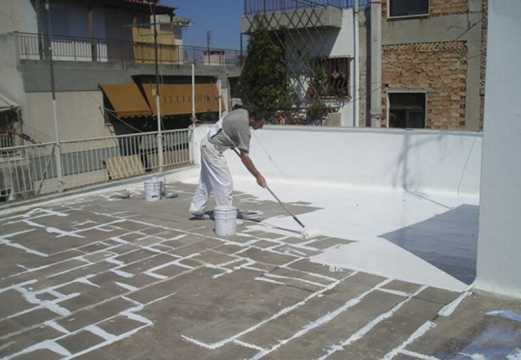
The most commonly used chemical in waterproofing is Water Seal DPC, a combination of 2-layer waterproofing mortar. This material is easy to apply without high technical skills and does not take much time.
The first thing is to thoroughly clean the surface, then create a thin layer of mortar to fill the cracks of the terrace. If the crack is large, you should punch into a V and then pour self-flowing mortar to fill this hole. Next, use 2-layer waterproof mortar to conduct 2 layers, each layer is 2h apart to dry. Wait 3-4 hours after the waterproofing mortar is dry. Spray Water Seal anti-permeation solution on the entire terrace. Note that you should spray 2 layers, each layer is 3-4 minutes apart, spray evenly and make sure to wet the floor. Spray the base of the wall to about 15-20cm high.
- Using Bitumen membrane sheets

Apply 1 coat of Bitumen-based primer to the cleaned floor surface. Then glue the Bitumen Membrane sheet on top of the liner with a gas torch. Use a gas torch to heat the construction surface and torch the underside of the waterproofing membrane, then quickly glue the heated membrane to the floor surface. Use the rubber roller to squeeze the film in the torched area. Roll from the center to the edges of the waterproof membrane to create a flat surface and avoid air bubbles trapped on the surface. If bubbles appear in some places after application, puncture the area with a sharp object, the hole will automatically seal during finishing smoothing.
After the waterproofing membrane is dried, apply a protective layer of cement-sand M75 with a thickness of 2-3cm and then let it dry. Let surface curing for at least 7 days prior to rooftop gardening.
- Waterproofing terrace with tiles

This is a common waterproofing material in constructions which not only has the effect of waterproofing but also can prevent heat and increase the aesthetics of your terrace.
Depending on the design style of the project, you can choose suitable tiles. No matter which style you choose, the terrace tiles must also have a dry, hard, and rough enamel surface to help prevent slipping, because this is a place often exposed to moisture.
The structure needs to be strong enough to withstand the additional load of adhesive, tile and grout. The terrace should be designed with a slope to collect water in one place. In addition, there should be a waterproofing system under the tile to prevent water from leaking into the area below.

